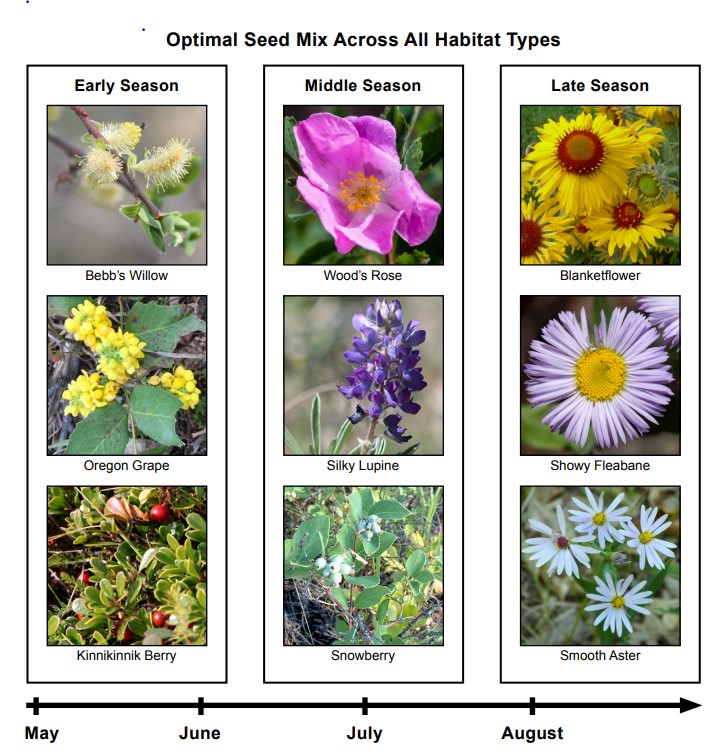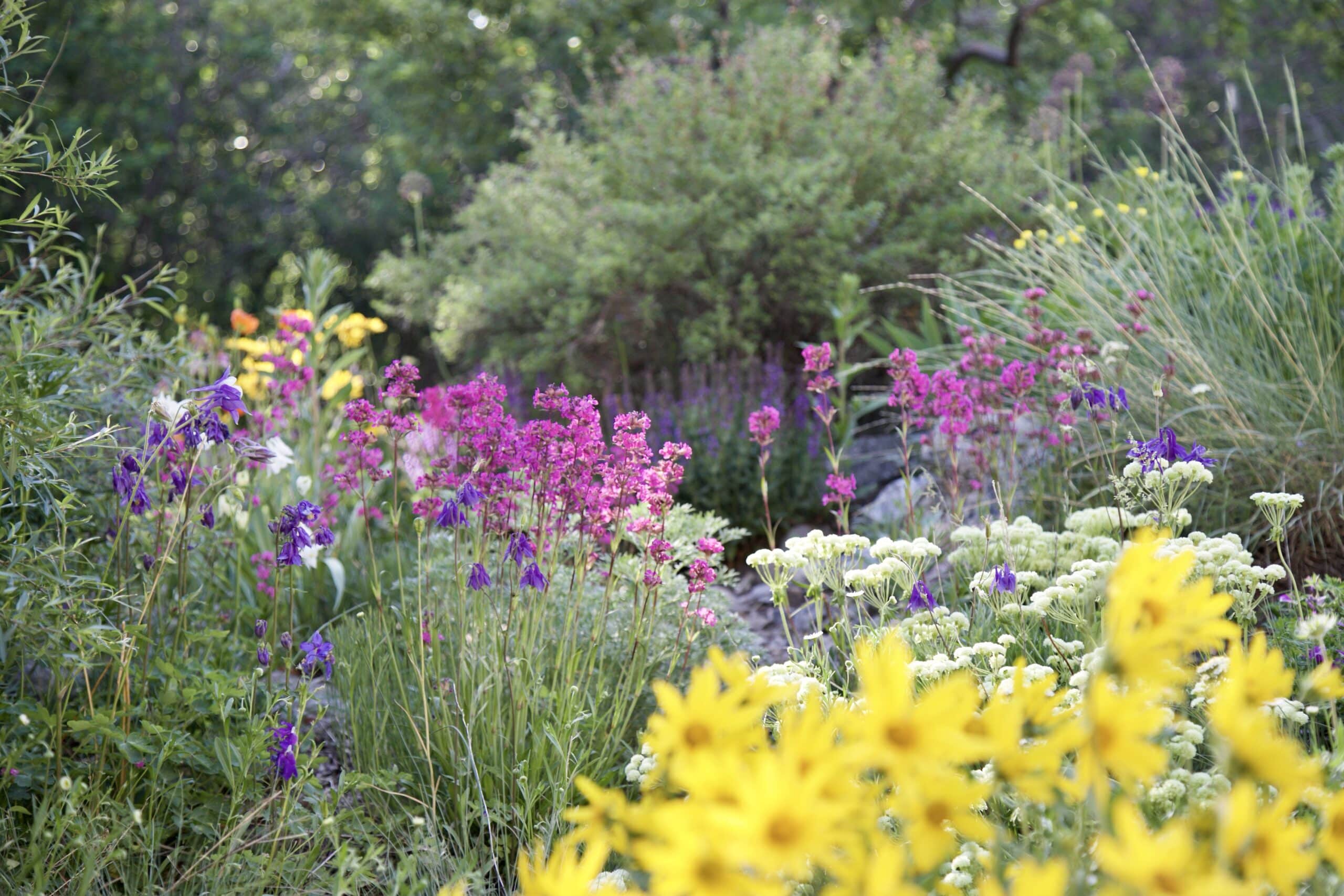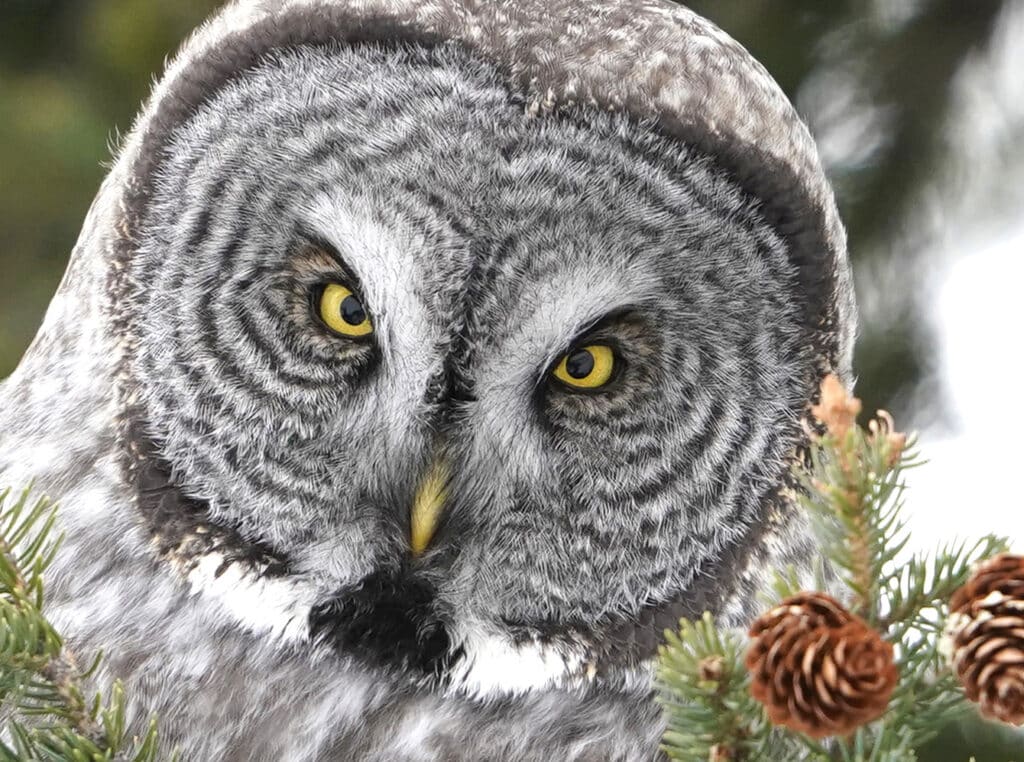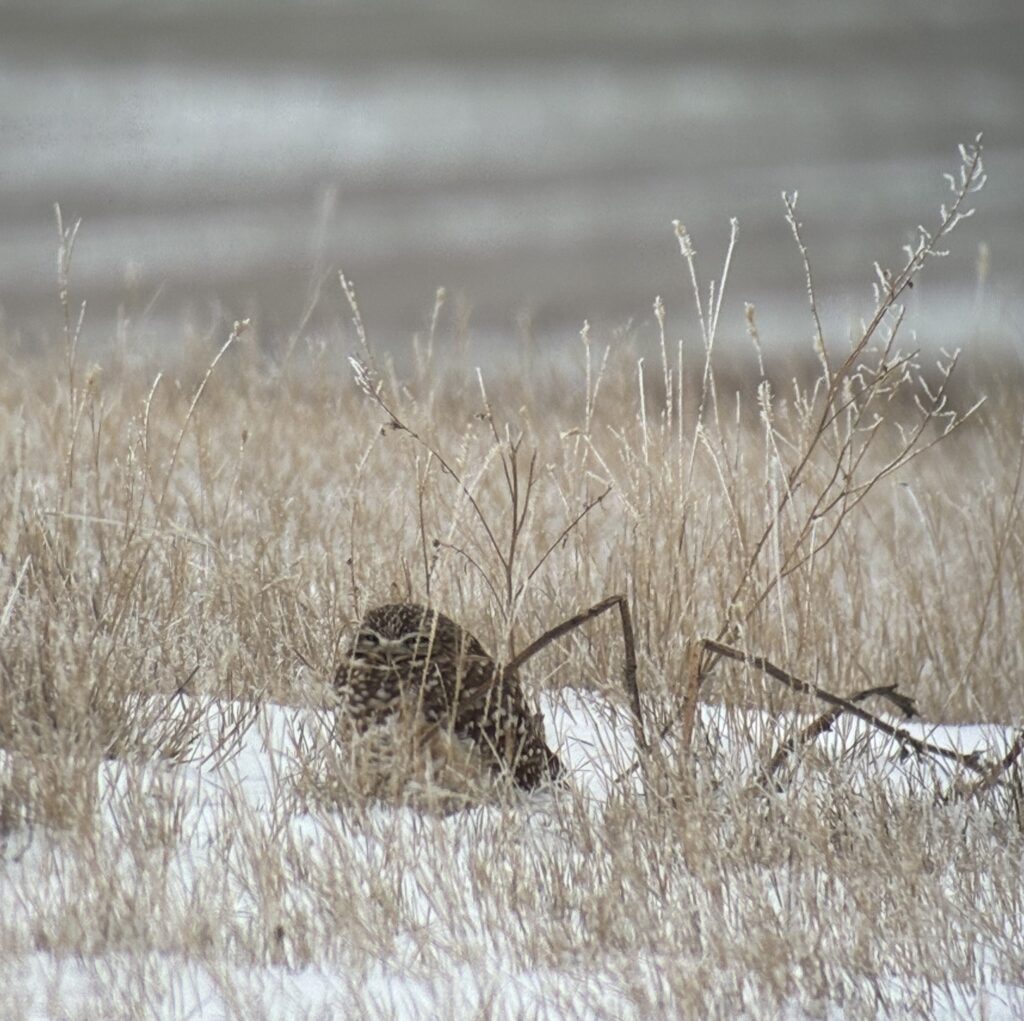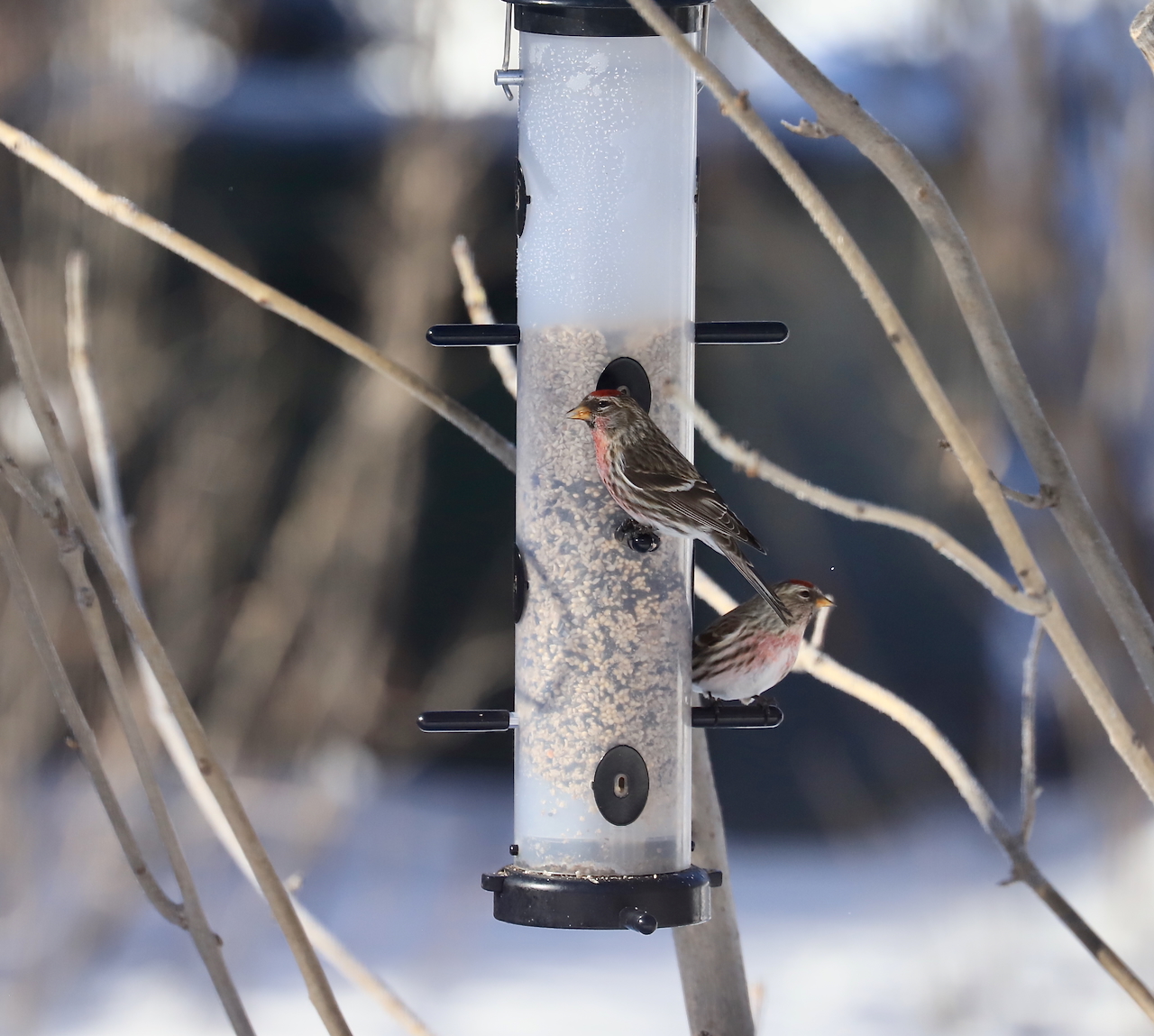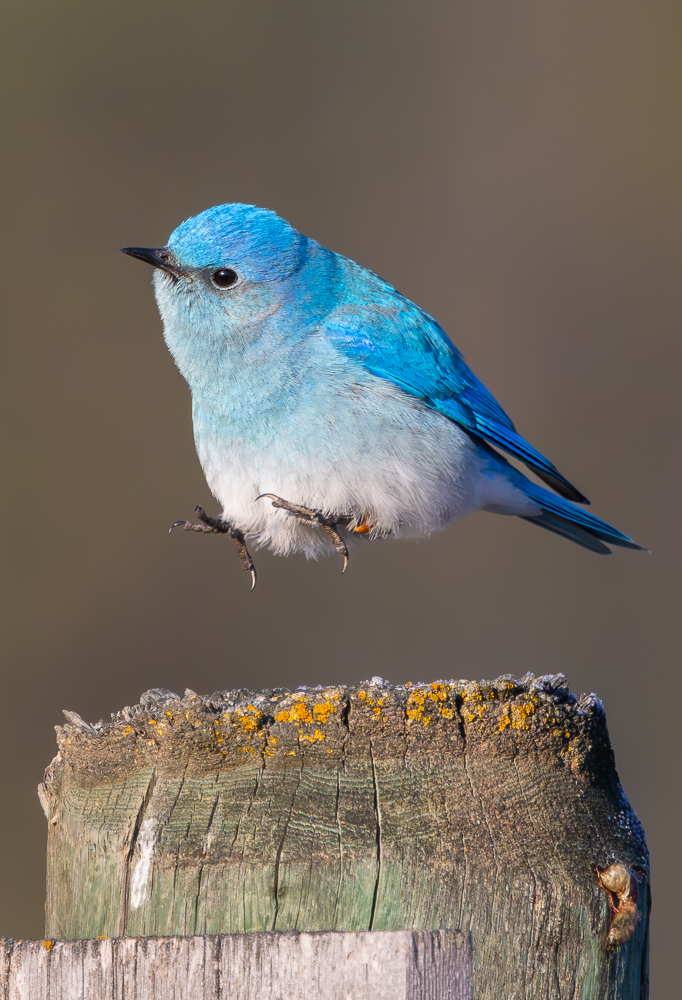By Victoria Saab, USDA Rocky Mountain Research Station Scientist Emeritus and Sacajawea Audubon Society Board Member; and Justin Runyon, USDA Rocky Mountain Research Station Research Entomologist
Pollinating insects are threatened by pesticides, disease, climate change, and habitat loss. Bees, in particular, are declining in the United States and with them the pollination services needed for people and wildlife. Habitat restoration for bees on public lands is being considered on several national forests in the Northern Rockies. Land managers (and homeowners) often lack specific information and guidance that could help them implement practical solutions to support bees and their ecosystem services (for example, pollination of food crops).
Justin Runyon, a research entomologist with the Rocky Mountain Research Station based in Bozeman, Montana, is helping to fill this gap. He collaborated with Ph.D. student Will Glenny and Dr. Laura Burkle, scientists in the Ecology Department at Montana State University, to identify the most pollinator-friendly plants to include in seed mixes for use in restoration projects in western Montana. The scientists collected information on the timing and bloom duration of 24 focal plant species and recorded the number of bees and the bee species that visited the plants. They ranked the plants across each of these measurements and developed a scorecard that land managers (and homeowners) can use to select pollinator-friendly plant mixes for restoration/landscaping based on local factors such as budget, habitat, or plant availability. The native plants in this study are also beneficial to birds and other wildlife, and are appropriate for landscaping residential yards with these naturally drought-tolerant plants.
The findings were published in 2022 by the USDA Rocky Mountain Research Station, General Technical Report 429, “Assessing Pollinator Friendliness of Plants and Designing Mixes to Restore Habitat for Bees,” (https://doi.org/10.2737/RMRS-GTR-429) and also synthesized in USDA Rocky Mountain Research Station, Science You Can Use Bulletin, “Of Bees and Blooms: A New Scorecard For Selecting Pollinator-Friendly Plants in Restoration,” JAN/FEB 2023, Issue 58, (https://www.fs.usda.gov/rmrs/sites/default/files/documents/SYCU-Bulletin-OfBeesAndBlooms-February2023.pdf). Importantly, the scientists ranked early, middle, and late season flowering plants to derive a composite score. The resulting scorecard can be used to select and customize pollinator-friendly plant mixes for restoration or home landscaping.
The overall best mix of pollinator-friendly plants that span the growing season in western Montana includes these nine species:
Early season: Bebb’s willow (Salix bebbiana) • Oregon grape (Berberis repens) • Kinnikinnik berry (Arctostaphylos uva-ursi)
Middle season: Wood’s rose (Rosa woodsii) • Silky lupine (Lupinus sericeus) • Snowberry (Symphoricarpos albus)
Late season: Blanketflower (Gaillardia aristata) • Showy fleabane (Erigeron speciosus) • Smooth aster (Symphyotrichum foliaceum)
These nine species together were visited by 80% of the 246 bee species observed in the study across the most common habitats in western Montana. However, Runyon cautions against using the same nine plant species everywhere. “Any nine species, three for each season, chosen from the higher scoring species were almost as good as this best mix and supported most bee species; even mixes of six plant species, two from each season, that ranked highly on the scorecard should support around half of the bee species observed in the study,” Runyon says.
For the complete “Pollinator Friendliness Scorecard” see page 5 in https://www.fs.usda.gov/rmrs/sites/default/files/documents/SYCU-Bulletin-OfBeesAndBlooms-February2023.pdf.